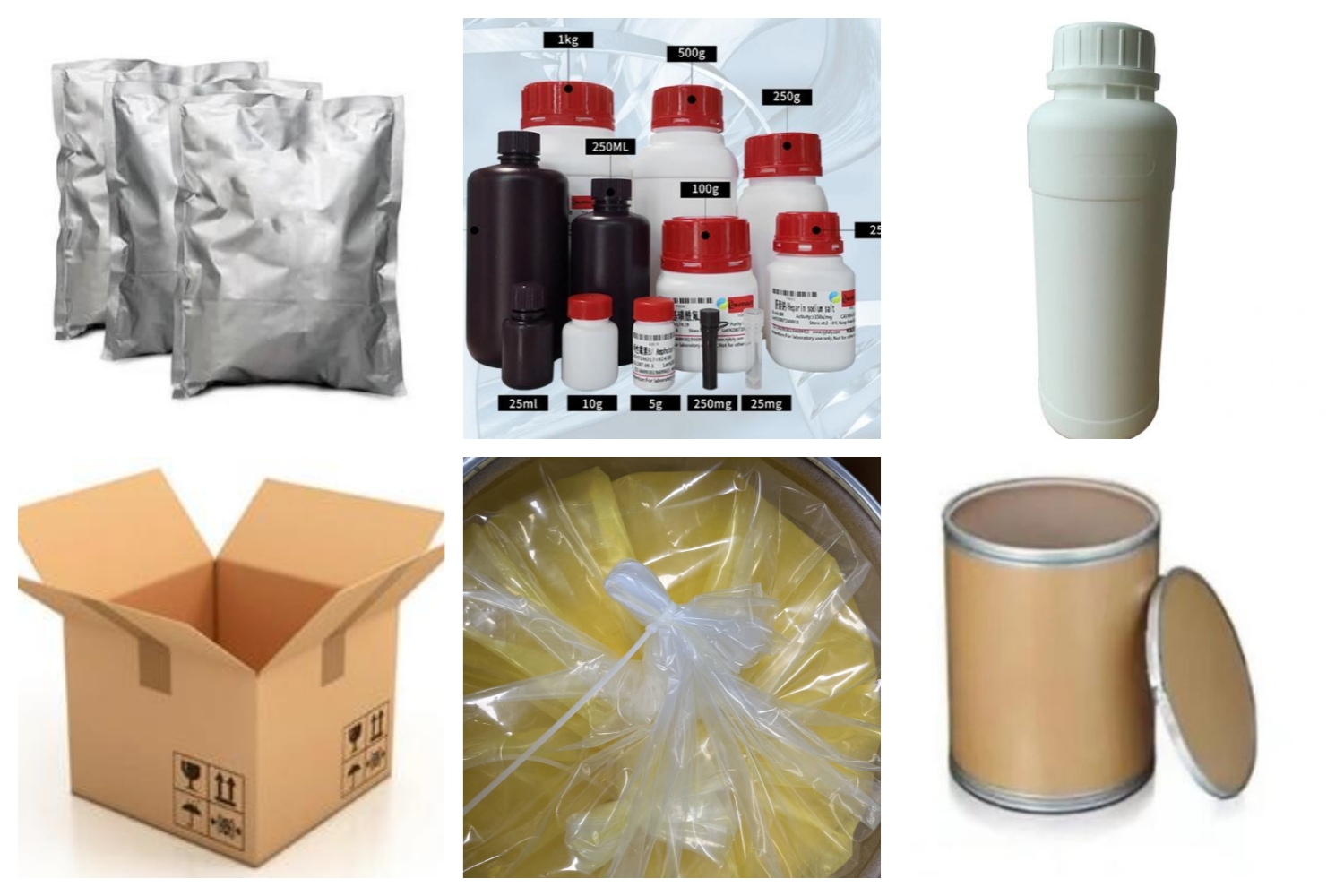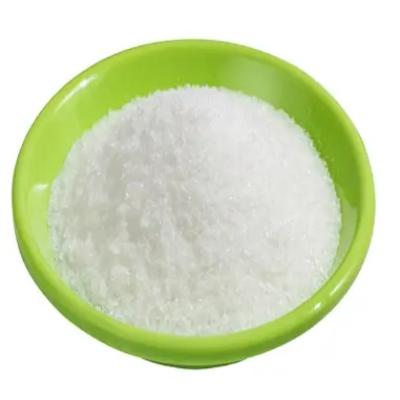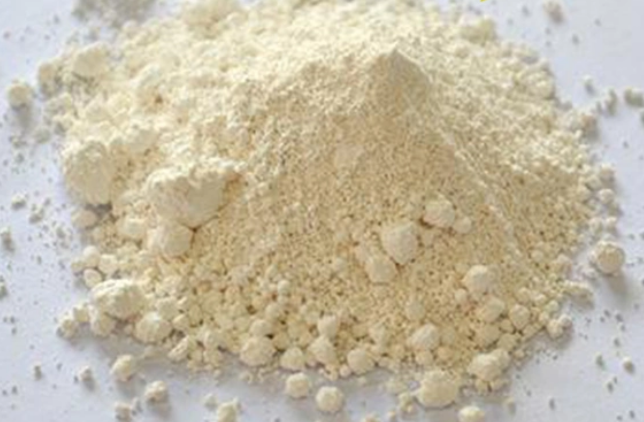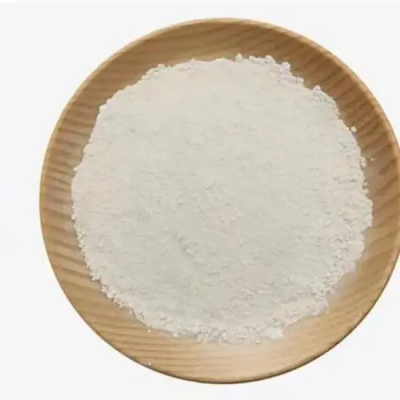Xanthine oxidase CAS:37189-34-7 Manufacturer Price
Uric Acid Production: Xanthine oxidase catalyzes the conversion of hypoxanthine to xanthine and further to uric acid. Elevated levels of xanthine oxidase activity can lead to increased uric acid production, which is associated with hyperuricemia and conditions like gout.
Gout Management: One of the primary applications of XO inhibitors, such as allopurinol and febuxostat, is the management of gout. These medications reduce the activity of xanthine oxidase, lowering uric acid production and helping to prevent the formation of uric acid crystals in joints.
Oxidative Stress and Inflammation: Xanthine oxidase generates reactive oxygen species as a byproduct of its enzymatic activity. Excessive production of ROS can lead to oxidative stress, which can damage cells and contribute to the development of inflammation and various diseases. XO inhibitors may be used in certain situations to combat oxidative stress and reduce inflammation.
Cardiovascular Diseases: Xanthine oxidase has been implicated in the pathogenesis of cardiovascular diseases. The ROS produced by XO can cause oxidative damage to blood vessels and contribute to the development of atherosclerosis. Inhibition of xanthine oxidase has been explored as a potential therapeutic approach to mitigate cardiovascular risks.
Liver Diseases: Xanthine oxidase activity has also been associated with liver damage and diseases. Elevated levels of XO have been observed in conditions such as non-alcoholic fatty liver disease (NAFLD) and alcoholic liver disease (ALD). Inhibition of xanthine oxidase may help reduce oxidative stress and prevent further liver damage.
Research and Drug Development: Xanthine oxidase is a target for research and drug development, particularly in areas related to purine metabolism, oxidative stress, and inflammation. Scientists study XO's enzymatic properties, its regulation, and its effects on various biological processes to understand its role in disease pathology and develop novel therapeutic approaches.

| Composition | N.A. |
| Assay | 99% |
| Appearance | Yellow powder |
| CAS No. | 9002-17-9 |
| Packing | Small and bulk |
| Shelf Life | 2 years |
| Storage | Store in cool and dry area |
| Certification | ISO. |





![H-Pyrrolo[2,3-b]pyridine,4-bromo- CAS:348640-06-2](https://cdn.globalso.com/xindaobiotech/1PVCWDXWOHHKL3W5QF_O26.png)



